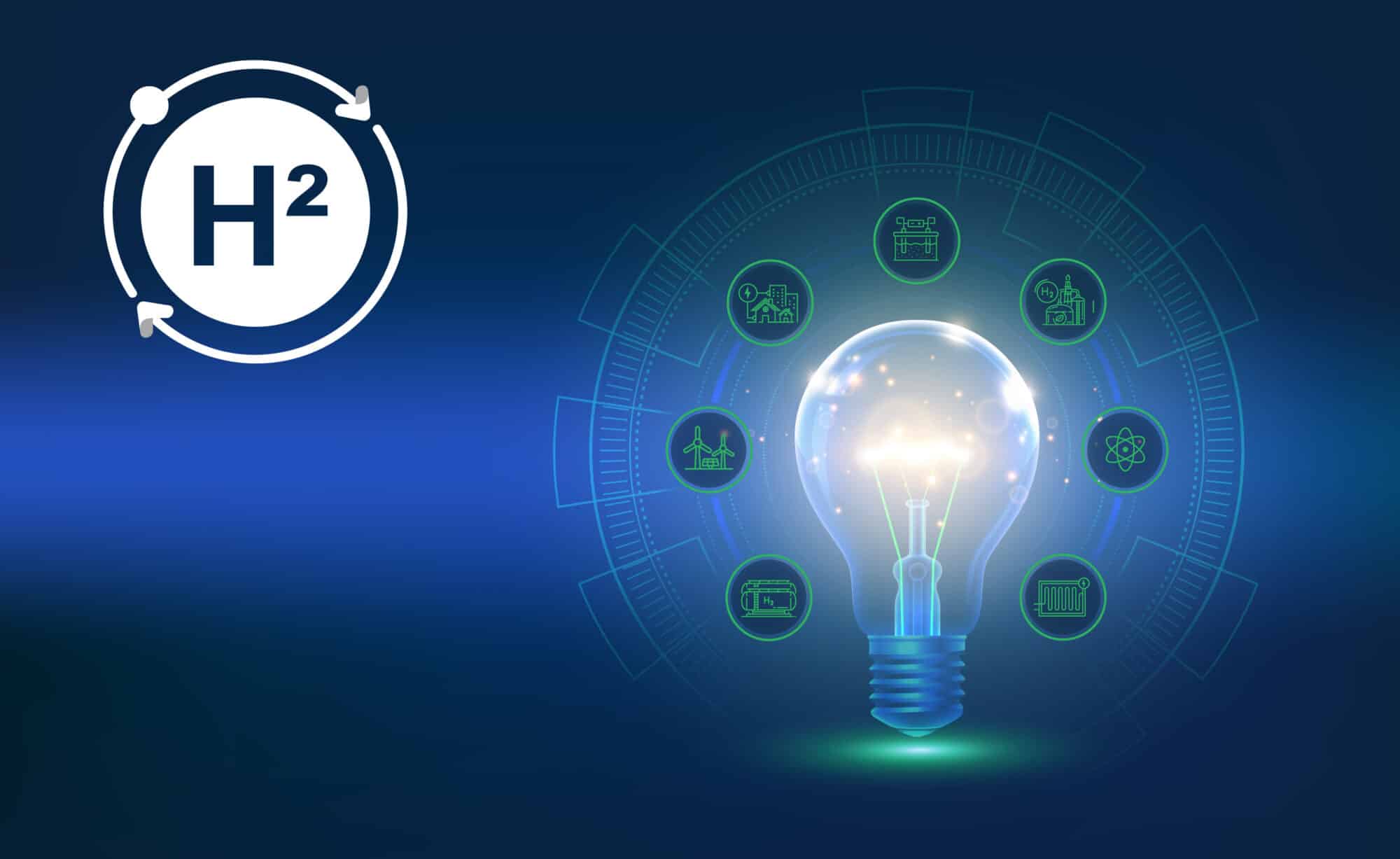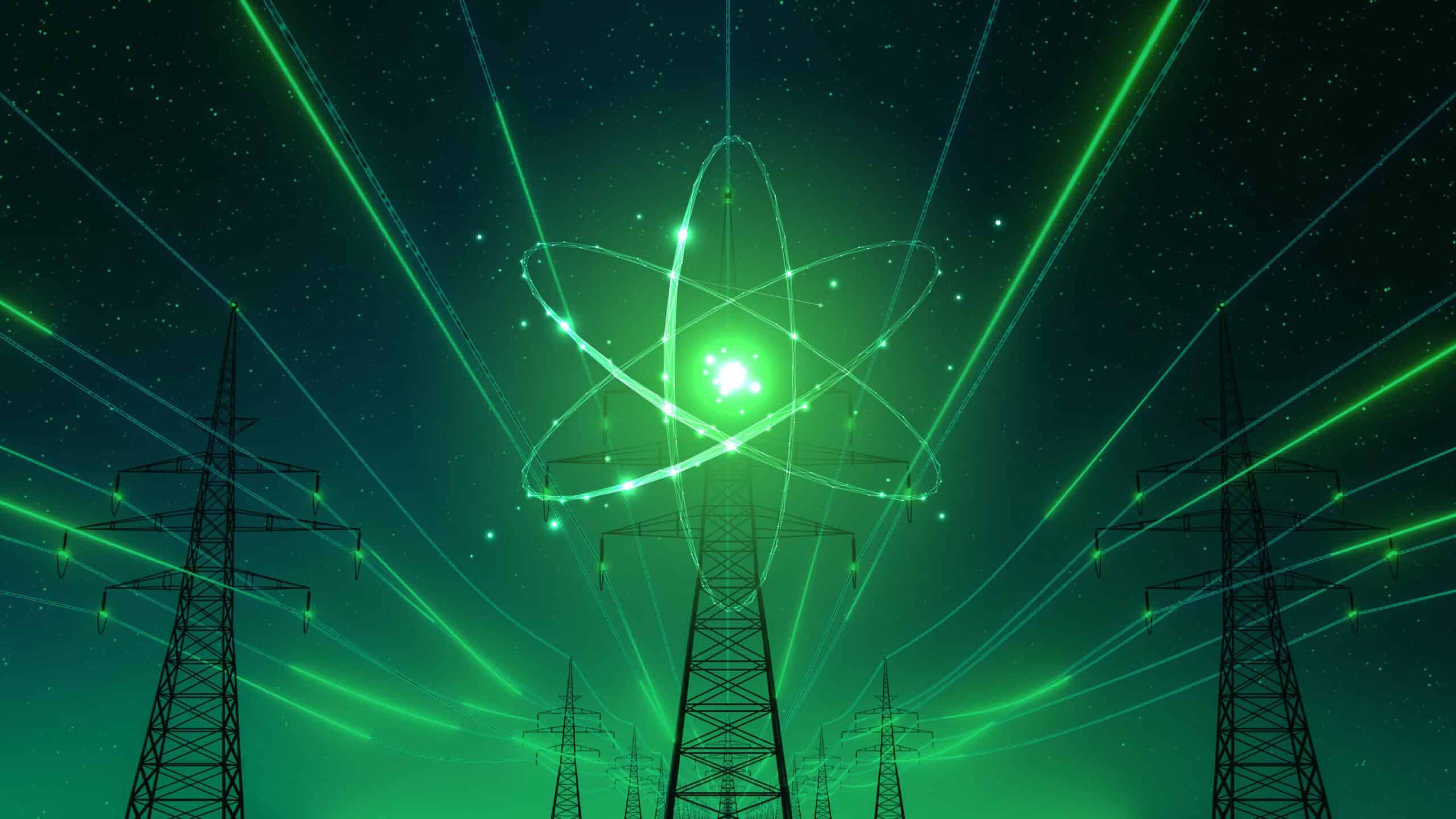Developing the H2 Energy Paradigm

Throughout my 40-year career which includes experience in commercial energy, the U.S. Department of Energy, in NASA markets, and 19 years as a teaching/adjunct university professor, I have been a proponent of the development of a sustainable, multifunctional, and multi-sourced global energy mix that is ubiquitous and efficient, clean from source derivation to utilization. This has always included steps towards reducing carbon emissions and mitigating excessive human impact on our environment. A prominent, and growing, component of this is the use of hydrogen as an energy carrier commonly referred as the “H2 Energy Mix”.
Hydrogen can be produced from a variety of sources, including renewable energy sources such as wind, solar power, as well as nuclear, natural gas, biogas sources, etc. However, to be considered a sustainable component of the energy mix, hydrogen must be produced using these sources in an efficient and by-product reducing process. Of course, this includes carbon reduction methodologies.
One way to produce renewable hydrogen is through electrolysis, where water is split into hydrogen and oxygen using electricity from renewable sources. Hydrogen can be used to power fuel cells, which generate electricity with water as the only fuel byproduct.
In addition to being a clean natural source of energy, hydrogen has the potential to be used in a variety of applications, including transportation, power generation and industrial processes. For example, hydrogen fuel cells are already being developed and deployed in some parts of the world, while power plants are being designed to use hydrogen as a combustion or pre-mix fuel.
The highly detailed version of the United States (US) DOE energy mix use by type Sankey Diagram (see below) clearly provides an explanation for “Why Hydrogen”. Of the 97.3 quadrillion BTUs used in the US in 2021, more than a third came from oil and is dominantly in transportation. However, a large portion of oil is used as an industrial working fluids and for chemical production feedstocks.

Link: US Energy Flow Super Sankey — Otherlab
Two other obvious conclusions can be drawn from the data shown on this diagram. Coal is only 10% of our energy supply and it is primarily used for electricity. However, we lose more electricity every day due to generation losses than is generated by coal combustion. In the immediate future coal fired electricity is needed in some areas to balance the national grid, and coal fired generation is one of our more efficient energy sources, however, it is an overall thermodynamic loss process and can, in time, be replaced by localized distributed grid generation sources such as hydrogen. This alone would greatly reduce the overall environmental impact of our national energy portfolio.
The electrification of vehicles, with heavy support from hydrogen generation is an area of great opportunity. It is not currently reasonable to electrify all vehicles but some fleets, such as localized delivery, localized transportation and personal vehicles is an efficient alternative from an energy utilization perspective. The current questions about the overall environmental impact of lithium batteries used in transportation can be somewhat answered by using hydrogen fuel cells to power these vehicles.
Almost another third of our national energy comes from natural gas which is more diversified in its use and a much cleaner fuel resource than oil. It is abundant and well-understood, so its use will continue to grow potentially as a hydrogen source via catalytic conversion, direct use in efficient methane fuel cells, and in newly developing technologies.
It is estimated over the next decade energy use and demand will continue to increase at more than 5% year over year which suggests that hydrogen utilization and potentially small modular reactors will replace sources such as coal. By 2030, the current national goal is that hydrogen and other sources will provide baseload distributed energy for up to 40% of the US electrical energy needs. Much of this can be done with today’s technology and certainly with the technology currently planned for development.
To grow a sustainable, multi-functional and multi-sourced global energy mix, it is important to invest in research and development of new technologies and infrastructure needed to produce, store, and transport hydrogen. This includes building out the necessary infrastructure, such as pipeline and storage facilities, and developing new materials and technologies for hydrogen production and transport.
Overall, the H2 energy mix has the potential to play a major role in the sustainable, multi-functional and multi-sourced global energy mix, and continued investment and innovation in Hydrogen is crucial for a more sustainable and resilient, secure energy future.

Dr. Doug Wyatt
Operations Manager/Advisory Scientist
Energy & Security


